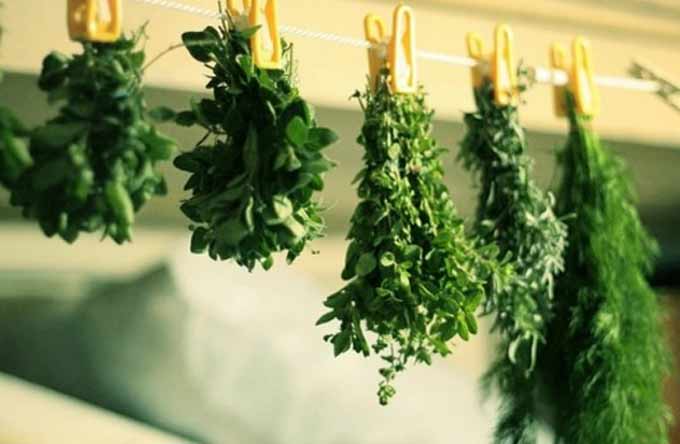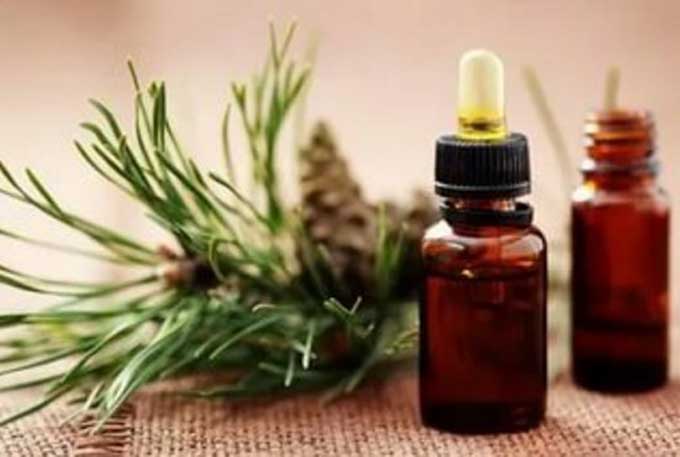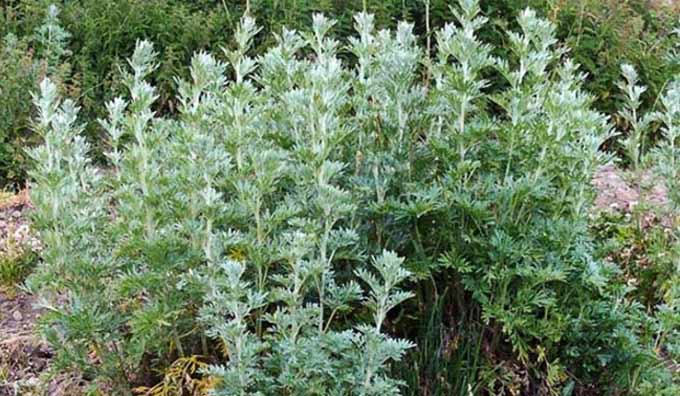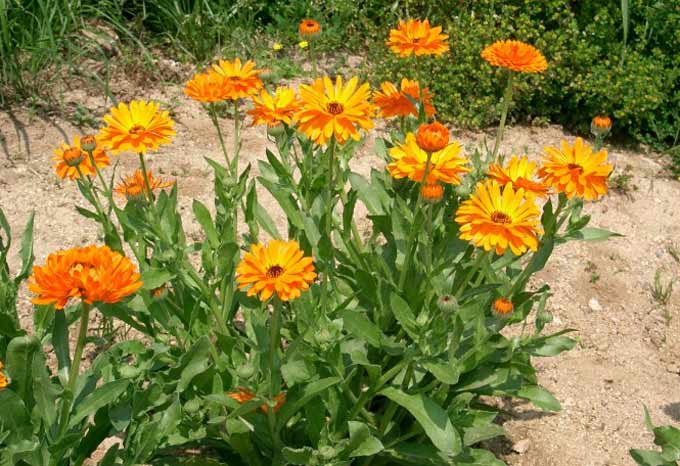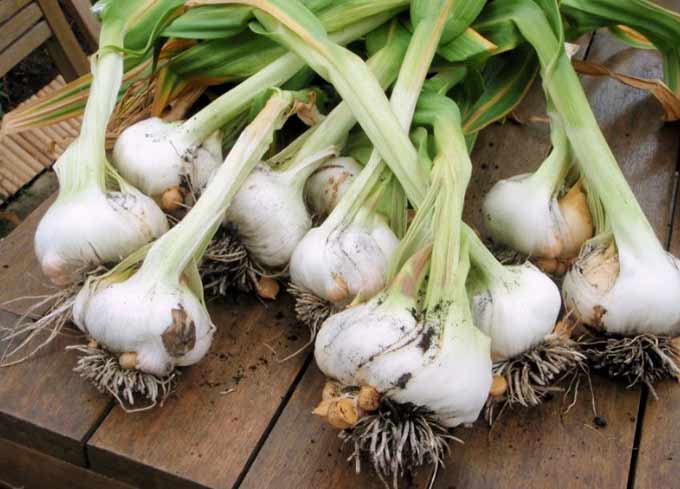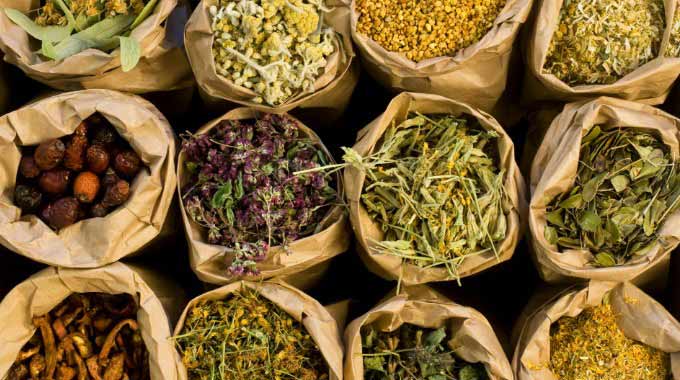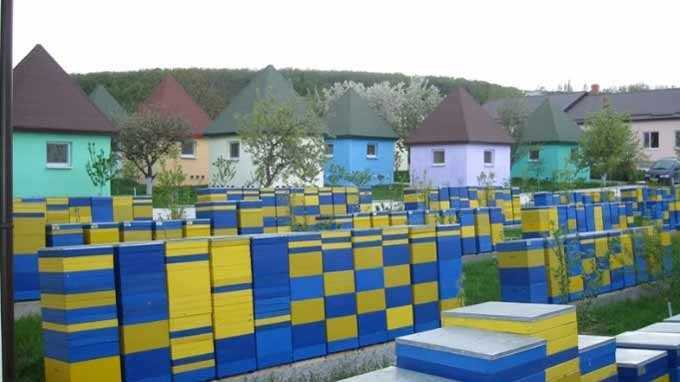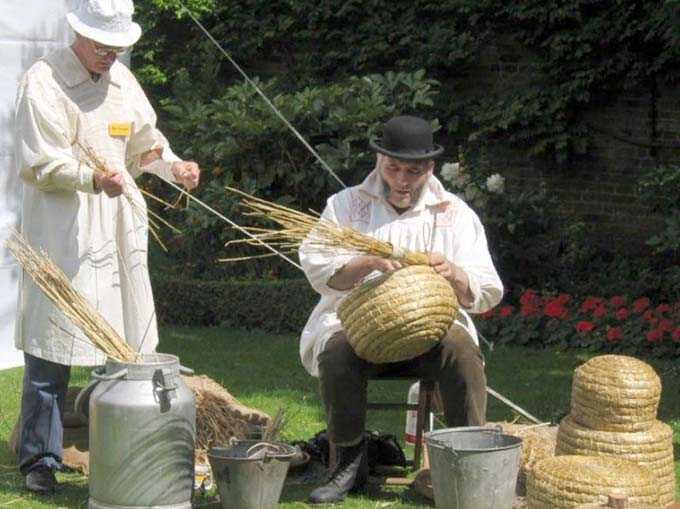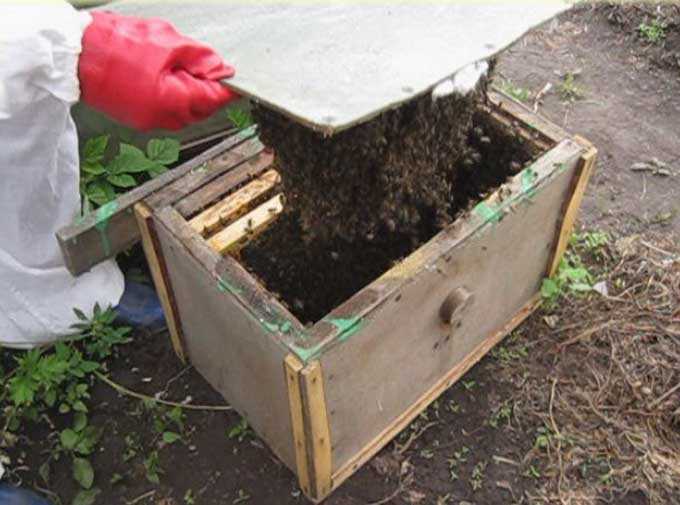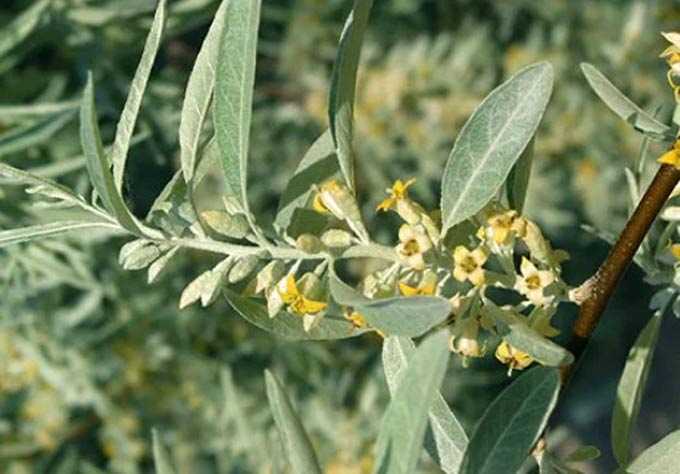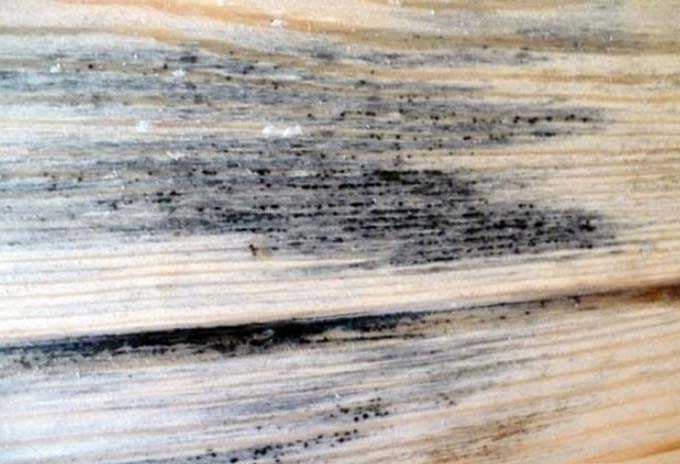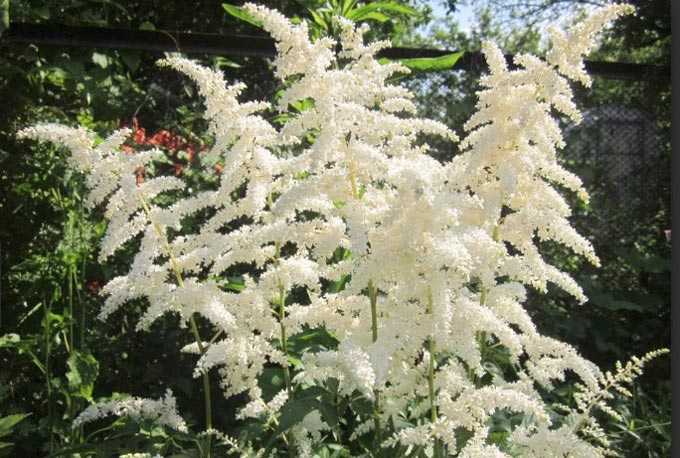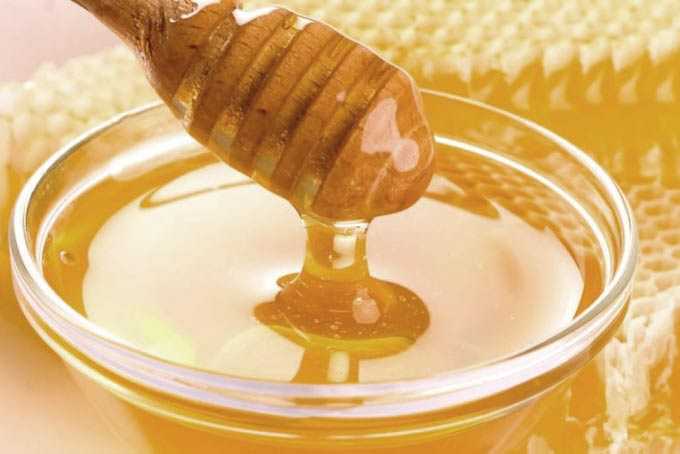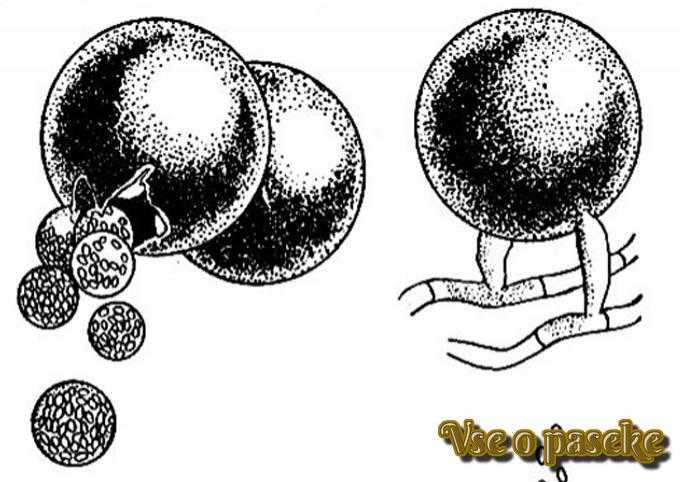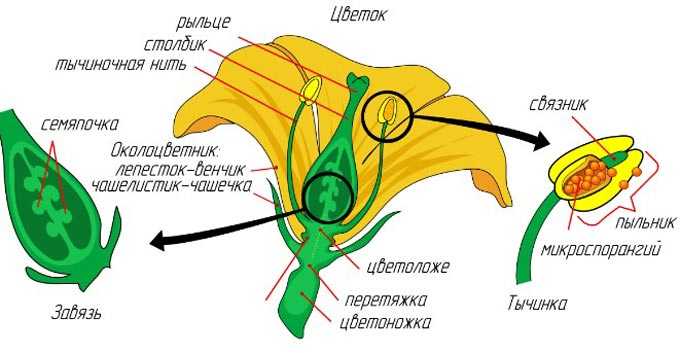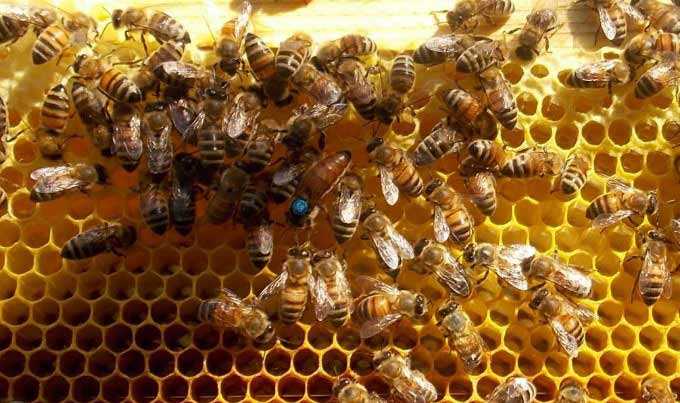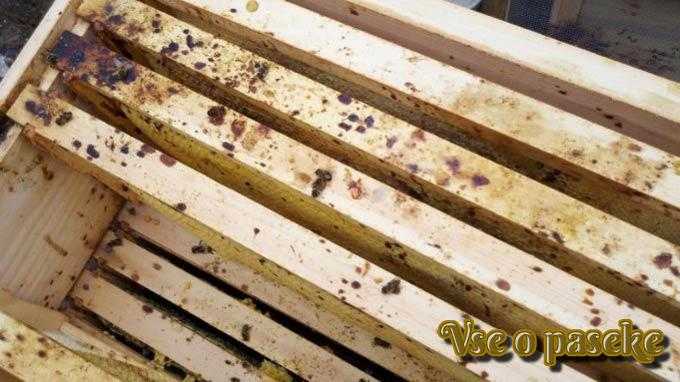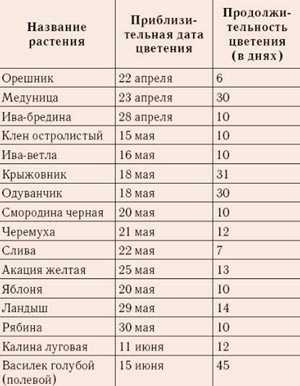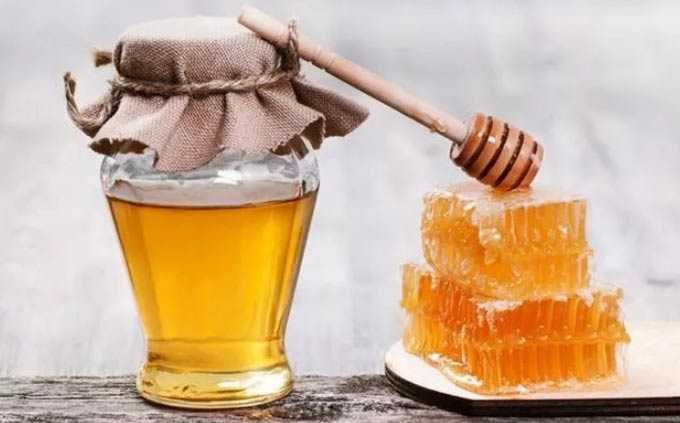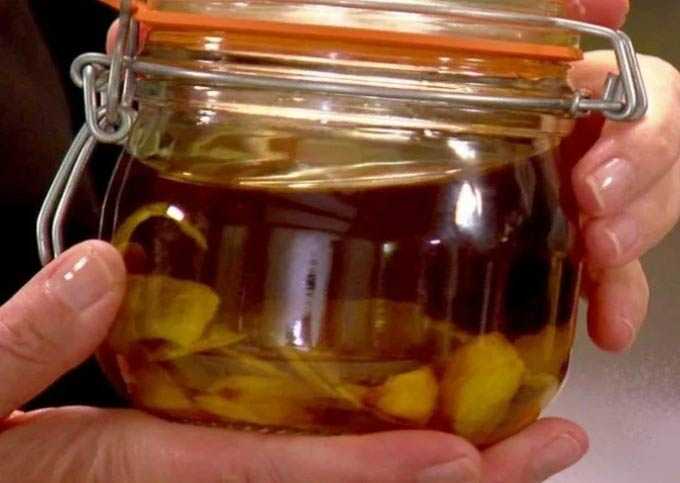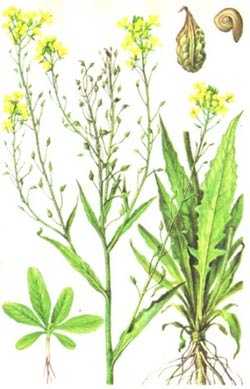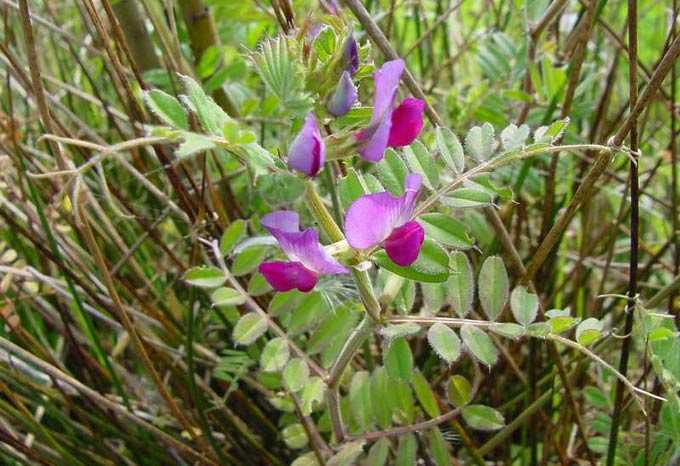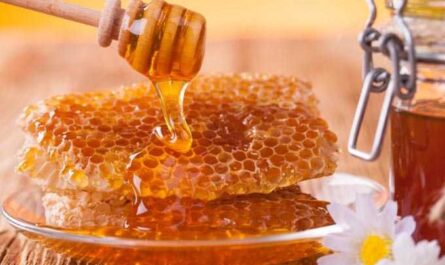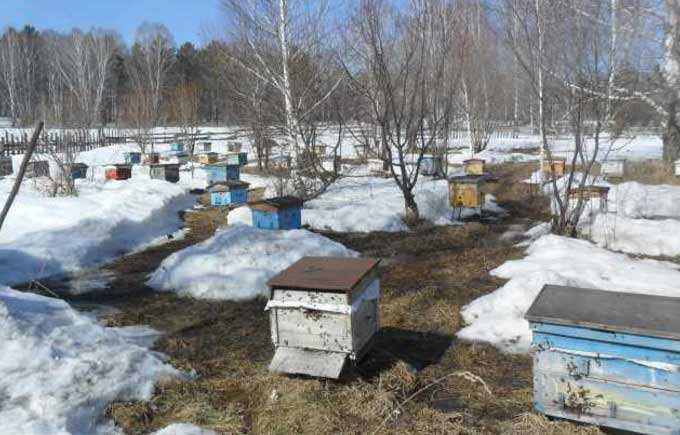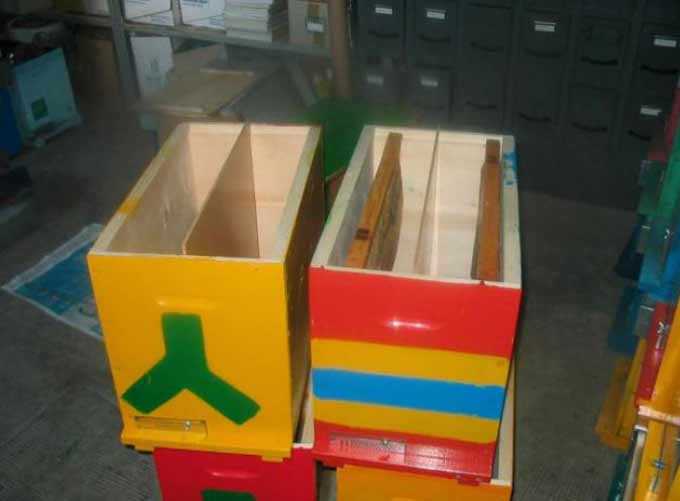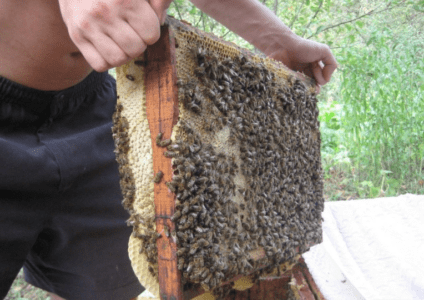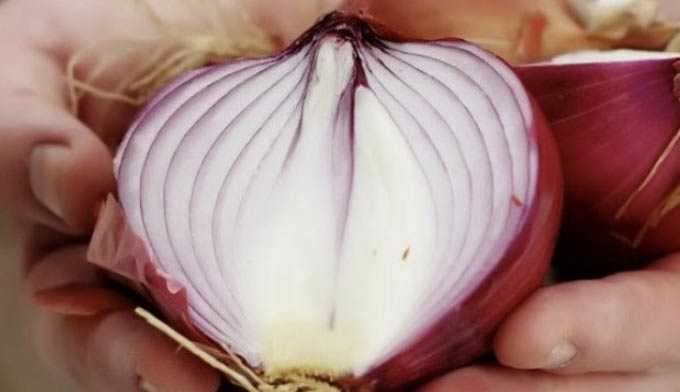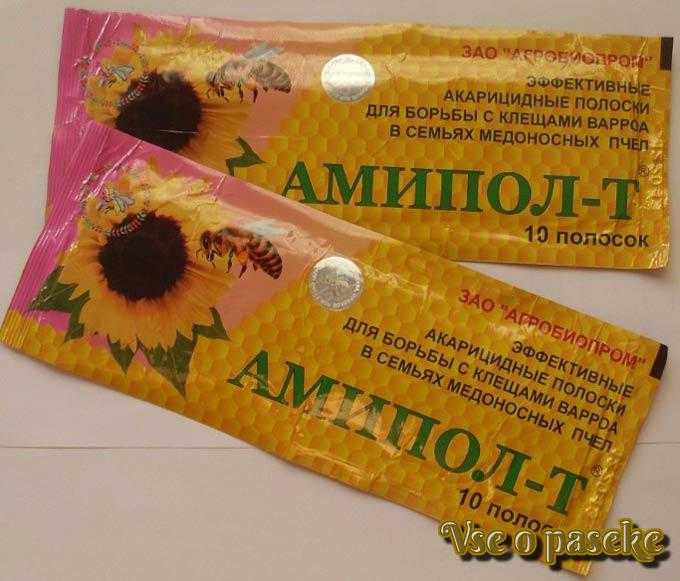Maintaining an apiary in a healthy state with exclusively natural remedies is the dream of any adequate beekeeper. Unfortunately, herbs (their decoctions, infusions, tinctures) are not always effective for advanced infections. But at the same time, they have proven themselves well precisely as prophylactic agents.
There is an opinion that aggressive bee diseases are provoked by the uncontrolled use of chemicals and a change in the natural habitat for bees. Many beekeepers themselves bring productive breeds to those regions to which insects are not initially adapted. All this leads in the future to problems with the cultivation of healthy, strong and viable families.
The content of the article
- 1 Folk ways to improve the apiary
- 2 How to collect and dry raw materials
- 3 Fight against varroatosis
- 3.1 Red pepper
- 3.2 Sagebrush
- 3.3 Other plants
- 4 Fight against nosematosis
- 4.1 Sagebrush
- 4.2 Other plants
- 5 Fight against ascospherosis
- 6 Strengthening the immunity of bee colonies
Folk ways to improve the apiary
There are many recipes based on herbs and other plants. Every experienced beekeeper learns in his own practice to apply certain folk remedies, invents new methods of treatment and prevention.
It is simply impossible to describe all the recommendations and cover the entire beekeeping experience, but we will try to highlight in this article the most popular remedies that help in the fight against common bee ailments.
The most popular are decoctions and water infusions of plants. Tinctures on alcohol or mixtures of alcohol and water are used less frequently in beekeeping.
Broths are prepared from crushed raw materials placed in water boiling over low heat. Grasses languish for an average of 20-30 minutes. Depending on the recipe, a water bath can be used for preparation.
Infusions are prepared according to a different principle. First, the raw material is poured with water, brought to a boil, and then languishes in a water bath for 10-15 minutes. Such a remedy is insisted for at least 45 minutes. After that, the medicine is filtered and diluted with water to the recommended volume.
How to collect and dry raw materials
Collection rules:
- Herbs must be harvested during flowering and active growth (growing season). In this phase, the leaves, flowers and stems contain the maximum amount of active substances. The weather must be dry. The best time to harvest is from 11 a.m. to 20 p.m. – at this time the morning dew dries up completely, and the plants accumulate carbohydrates as much as possible. The tops of the plants are cut off together with the inflorescences (length 25-XNUMX cm).
- The flowers are harvested separately from the stems in the first phase of flowering, and the seeds and fruits after final ripening.
- The roots are dug up in the autumn before the aerial part of the plants withers. After being removed from the ground, they are thoroughly cleaned from the ground and cut into smaller pieces.
- The bark is harvested from trees destined for felling in early spring before sap flows and the first leaves appear.
- The buds are also harvested in the spring. At the same time, in pine and other conifers, large buds are cut off together with adjacent, smaller ones.
- The leaves are collected separately. In grasses, they can be chopped off after mowing, and in trees, they can be carefully picked from the branches.
Drying rules:
- The raw material is placed on cardboard or heavy paper in a well-ventilated place away from direct sunlight. Attics and special sheds on the street are well suited for this purpose.
- Raw materials containing essential oils cannot be dried at temperatures above 40 degrees. The rest of the plants can freely withstand 60-70 degrees Celsius, without losing their medicinal properties. The layer to be dried is thoroughly mixed every day.
- It is forbidden to dry the branches and buds of trees indoors, as they can bloom. They must be placed under a canopy on the street.
Finished raw materials are packed in bags made of natural fabric or glued from paper. Everything is stored in a dark, dry and cool place for no more than two years. Vitamin preparations (fruits, seeds) are not stored for more than a year.
Fight against varroatosis
Fir oil is used to treat bees, as an absolutely safe and useful remedy, containing many vitamins, trace elements and other biologically active substances..
For successful prevention, traps for ticks must be installed in the hives! If this is not done, the effectiveness of the method decreases by 20-30%.
Processing can be carried out at any time of the year except winter. For this, a sheet of parchment equal in size to the bottom of the hive is smeared with fir oil at the rate of 1-2 ml per nest.
Then the parchment is laid with the greased side down on top of the frames and covered with a canvas. With this treatment, the notches must be closed for 60-120 minutes. After that, the entrances are opened, and the parchment is left in the nest for another three days. Varroa mites will crumble to the bottom of the hive in a prepared mesh trap or on paper smeared with Vaseline.
Processing scheme:
- twice in spring and autumn with a break of eight to ten days at a temperature not lower than +14 degrees;
- three times in the summer with a break of eight to ten days at a temperature not higher than +30 degrees Celsius.
Red pepper
Red pepper treatment is performed according to the following schemes:
The peppers are dried and cut into small pieces. For four glasses of boiling water, 50-60 grams of raw materials are taken. The remedy is infused for an average of 10-15 hours. Then the infusion is filtered through a strainer and mixed with sugar syrup (strength 1: 1) – from 50 to 120 ml of this bitter infusion is taken per liter of prepared feed.
Bees willingly take bitter feeding, but they scare away ticks. Top dressing is given three times with an interval of 7-10 days. After successful treatment, the chiseliness is reduced by an average of 80 percent.
Another recipe for bitter dressing includes 10% propolis. For a liter of infusion from pepper pods mixed with syrup, 20 g of propolis is taken.
The recipe for such a feeding:
- 1 ml of syrup with a strength of 000: 1;
- 120 ml of aqueous infusion of red pepper;
- 20 ml homemade alcoholic propolis tincture.
To prepare homemade propolis tincture, it is finely crushed and placed in cool water. The resulting precipitate must be dried, and then filled with medical alcohol in a ratio of 1 to 10 parts of alcohol. The product is infused in a dark place for a week. Shake the container periodically. The finished tincture is filtered and used as an additive to medicinal feeding.
Ground red pepper taken at the rate of 10 g per 1 ml of boiling water. It must be insisted in a thermos. After cooling and filtering through two or three layers of gauze, the honeycomb is irrigated with this infusion from a fine spray bottle. Processing is carried out 000-2 times with a break of 3-7 days.
Sagebrush
Treatment of bees with wormwood is carried out according to the following scheme:
- Half a kilogram of dried raw materials is poured with 10 liters of boiling water, the container is wrapped and the product is insisted for two days.
- After that, the medicine is filtered and mixed with syrup (strength 1: 1) at the rate of 100 milliliters per liter.
- The medicine is dispensed in 100 grams for each frame covered with bees. After the first dispensing, the nip is reduced by an average of 80%. This is a fairly effective bitter dressing.
The curative collection, known among beekeepers as KAS-81, is used for summer-autumn feeding… The optimal deadline for its issuance is mid-August – from the 15th to the 20th.
The prepared syrup with the addition of this folk remedy is dispensed in three to four doses at the rate of 5-6 liters per nest.
Recipe for a syrup based on sugar or honey: one and a half kilograms of honey or granulated sugar per 1 ml of boiling water.
The composition of the treatment fee:
- ten liters (bucket) of water;
- 900 grams of bitter wormwood collected during the active flowering period;
- fifty grams of bitter wormwood, collected during the period of growing green mass;
- fifty grams of pine buds.
The crushed raw materials are poured with water and boiled over low heat under a lid for 2-3 hours. The finished infusion is settled in a warm place for 7-8 hours, filtered through a fine strainer. For 1 ml of sugar syrup, 000-30 ml of infusion is taken.
Other plants
Other recipes for herbal treatment of bees:
Tansy flowers placed between two layers of gauze and laid out on top of the frames. In the hive, the product lasts for two days, after which a break is made for 5 days. Treatments can be carried out several times until the clinging is reduced.
Thyme or thyme is not very effective against Varroa, but it is also used to treat nests. To do this, 100 g of a fresh plant is passed through a meat grinder, the resulting mass is placed between two layers of gauze and placed over the frames. After 3-4 days, the treatment bookmark is replaced with a fresh batch. Treatments can be repeated many times, but a week before pumping out the honey, thyme is removed from all hives.
Coniferous flour (powdered pine and spruce needles) is used to pollinate honeycombs with bees. Mites do not tolerate coniferous odor. After 10-12 hours, they crumble to the bottom of the hive and lose their ability to move freely – the medicinal dust clogs the suckers on their paws. For processing one nest, 60 grams of coniferous flour is enough.
Fight against nosematosis
Decoction of calendula, mint and St. John’s wort fed to bee colonies every other day for 21 days, half a liter. For one course, each family will receive five liters of medicine mixed with sugar syrup.
The broth is being prepared:
- from ten grams of calendula flowers;
- from twenty grams of mint leaves;
- from twenty grams of herb St. John’s wort.
All of these plants are boiled in 1 milliliters of boiling water for 000 minutes. The broth is cooled, filtered and added to the finished syrup, 15 ml per liter.
Sour dressing of sorrel or rhubarb issued in the spring immediately after the cleaning flight at the rate of 0,5-1 l for each nest. The broth is poured into glass drinkers (jars) and placed over the nests. To prepare the product for 10 liters of water, you will need 2 kg of stalks and leaves of sorrel or rhubarb. Granulated sugar is dissolved in the strained broth in a ratio of 1 to 1 and given to bees chilled.
Sagebrush
A mixture of horse sorrel and wormwood issued to bee colonies in the spring at least three times, 1 milliliters per nest. Decoctions of horse sorrel and wormwood are prepared separately. For 000 liters of boiling water, 5 g of dry grass is taken, the medicine is boiled over low heat for 250 minutes. The broth is infused for several hours, and then filtered.
Syrup recipe:
- wormwood broth – 1-2 tablespoons;
- horse sorrel broth – 0,5 liters;
- granulated sugar – 2 kilogram.
At the same time, do not forget that the acidic environment promotes the spread of fungal infections, in particular calcareous brood! It is not worth giving sour dressings for a long time.
Alcohol tincture of wormwood prepared from young shoots of the plant. For 100 milliliters of vodka, 10 grams of fresh wormwood is taken. The medicine is infused for three days. It is used as a medicinal additive to sugar syrup (a tablespoon of tincture is taken for half a liter). Feed is given three to four times with a break of 5-7 days. You can use a tincture from a pharmacy – 15 milliliters for every four liters of syrup.
Other plants
Other effective tinctures and herbs (dose per liter of finished syrup):
- garlic and nettle juice – 10 ml each;
- calamus and calendula tinctures – 5 ml each;
- nettle juice – 10 ml;
- infusion of red pepper, St. John’s wort or chamomile – 30 ml.
Kandy is prepared from a kilogram of honey, 4 kilograms of powdered sugar, 4-5 drops of vegetable oil and 50 ml of herbal tincture (juice)… It is fed in the form of flat cakes at the rate of half a kilogram per family.
Herbal Candy Supplements:
- fresh nettle juice – antiseptic and tonic;
- juniper juice;
- tincture of calendula (if pharmacy, then 10 milliliters per kilogram of feeding!);
- juice of aloe.
Water infusion of hot red pepper (in pods) is used for irrigation of honeycombs and medicinal feeding… This plant stimulates oviposition in queens and helps cleanse the intestines.
The infusion is prepared as follows. Dry pods (50 grams) are crushed and poured in a thermos with a liter of boiling water. The medicine is infused during the day, filtered and used for treatment.
For stimulation, a mixture of 250 milliliters of cow’s milk, a liter of pepper infusion and 250 grams of granulated sugar is prepared. All frames with bees are processed with the solution.
For feeding, 30 milliliters of infusion is added to the syrup (strength one to one). The product is issued at the rate of 200-300 grams per socket.
Fight against ascospherosis
Treatment of bees with garlic for fungal diseases of the brood is quite an effective measure… In the spring, the whole plant is used as a whole (green shoots, arrows and the heads themselves):
- The crushed greens are laid out on the bottom of the hives, and the cloves, chopped in a meat grinder, are wrapped in gauze knots and placed on frames under the canvas (consumption of one or two tablespoons for each nest). Garlic is changed with a fresh portion every 5-6 days until the disease completely disappears.
- Top dressing is prepared as follows. Chopped garlic cloves are stirred in warm sugar syrup (strength one to five) at the rate of two cloves for every 500 ml. The norm for one nest is 100-150 grams at a time. Re-feeding is carried out after five days.
Horsetail depressing effect on the causative agent of ascospherosis. The medicinal broth is prepared from fresh plant panicles, containing the maximum amount of natural silicic acid. You can put the herb over the eye in the pot. The product is boiled for 10 minutes and infused for two hours. On the basis of this broth, a syrup is bred (strength one to one), which is given to bees within five days, one liter for each nest.
Fresh herb of tansy and wormwood used for laying under laps at the rate of 200-250 grams per bee’s nest. After the stems have wilted, they should be replaced with fresh grass. This remedy is used during the active period of bees’ life, with the exception of honey collection.
Treatment of bees with yarrow is carried out by dusting the honeycomb with powder from this herb.… For medicinal purposes, you can use the pharmaceutical packaging of yarrow or dried plants harvested independently in late spring. An average of five pinches of powder are consumed per family. Treatments are carried out three times with a break of three days. After the third treatment, the calcareous brood symptoms subside.
Strengthening the immunity of bee colonies
The following herbs and decoctions are used as strengthening, antiseptic and vitamin supplements (per liter of ready-made syrup with a strength of one to one):
- lemon balm (aerial part of the plant with flowers) – 50-100 milliliters of infusion;
- the roots of the marsh calamus (a tablespoon in crushed form for two cups of boiling water, infused for a day in a thermos) – an infusion is given in a tablespoon;
- dandelion flowers, leaves and roots (decoctions are prepared from rhizomes, the rest are used for infusions) – 50 milliliters each;
- rose hips (50 grams per four cups of boiling water, infuse for four hours in a thermos) – 30-50 milliliters each;
- chamomile flowers – 50 milliliters each;
- hawthorn fruits (50 grams per four glasses of boiling water, infused for four hours) – from 50 to 100 milliliters per 1 ml of top dressing;
- St. John’s wort (the tops of the stem with flowers) – from 50 to 100 milliliters of infusion;
- calendula flowers – from 50 to 100 grams (this is an excellent antibacterial agent that destroys streptococci and staphylococci);
- nettle (tops of plant stems) – 100 milliliters of infusion;
- stinging nettle juice – from 5 to 10 grams per 1 ml of syrup or half a kilogram of kandy (issued in early spring as a tonic and vitamin remedy);
- fresh pine needles juice – 5-10 grams per 1 ml of syrup or half a kilogram of candy.
Treatment of bees with herbs and their decoctions is not addictive to pathogens, is well tolerated by the insects themselves and does not cause any harm to people who eat bee products.

